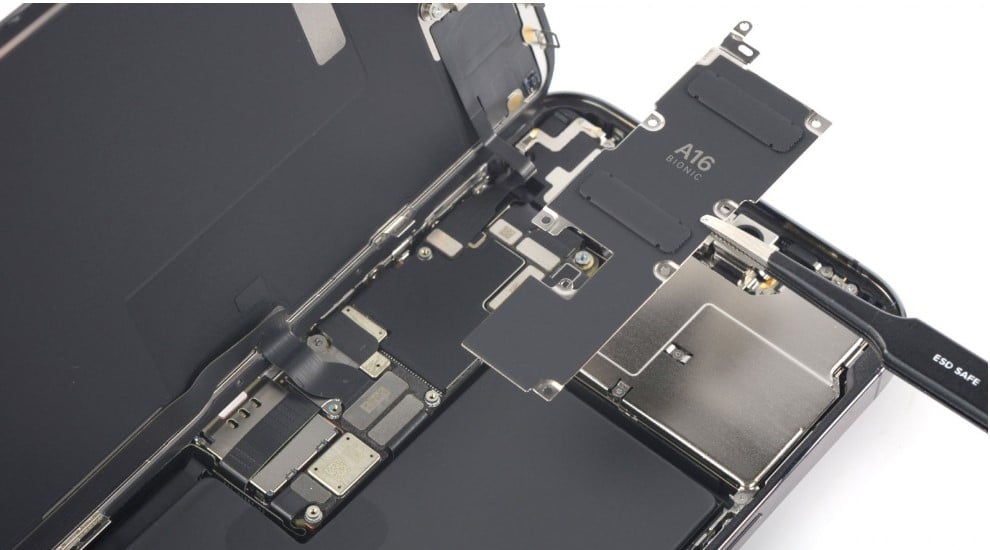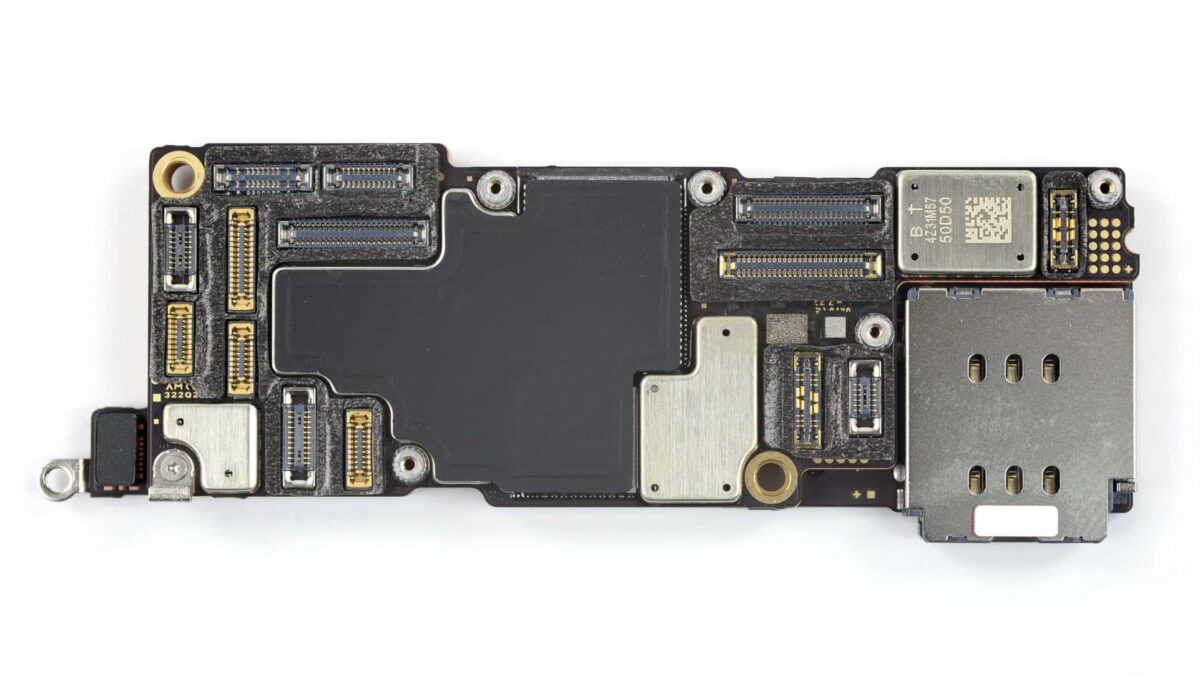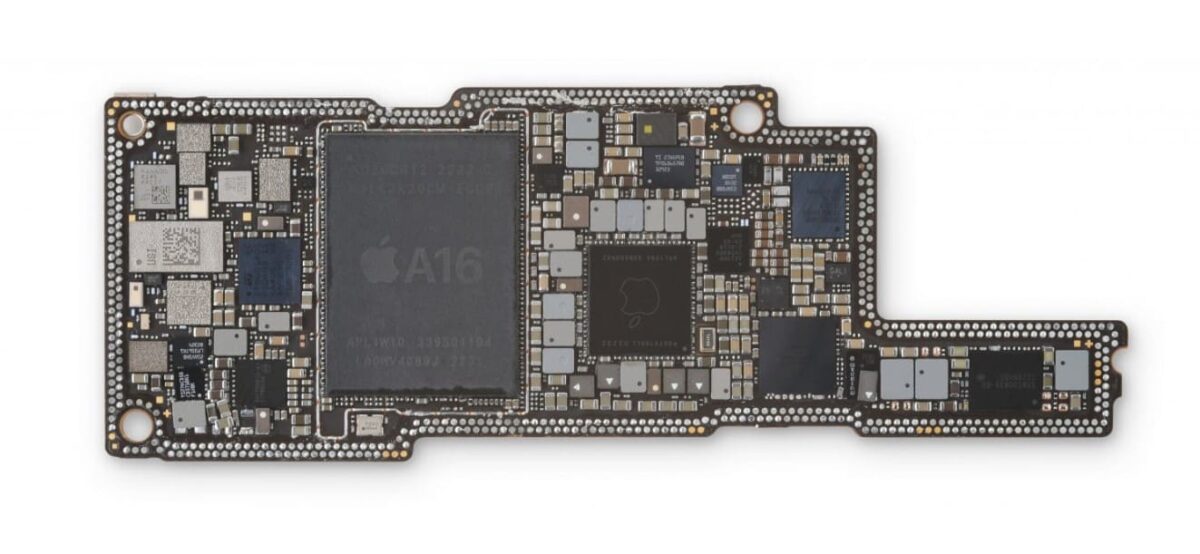A new teardown of the iPhone 14 Pro Max has revealed that the device does not feature removable back glass. In contrast, the new iPhone 14 and iPhone 14 Plus models come with removable black glass panels, allowing for repairs to be done easily.

iPhone 14 Pro Max back glass repairs will cost $549, standard iPhone 14’s repairs are cheaper
The iFixit team recently conducted an annual teardown of the larger iPhone 14 Pro Max. The publication notes that while this year’s standard iPhone 14 models come with removable back panels, the Pro models do not.
Unlike the Vanilla 14, which made a big repairability step forward, this year’s Pro and Pro Max phones are trapped in the past with Apple’s less repairable legacy iPhone architecture.
In addition to easier repairs, the removable back panels are also better for the environment as the entire iPhone will no longer have to be replaced.
As for repair costs of a damaged back glass panel. The iPhone 14 and iPhone 14 Plus will cost customers $169 whereas the bigger model will cost $199. However, if you have AppleCare+, you can get the back panel of your iPhone 14 replaced for $29. On the other hand, if you do not have AppleCare+, back glass damage will cost you $549 for the iPhone 14 Pro Max.
Apple left its innovative new design [of the iPhone 14] out of its flagship phone completely. As we detailed yesterday, the problem with this is the borderline-ridiculous difficulty of repairing the rear glass. Apple’s price for rear glass repair on the 14 Pro Max is $549, a price that seems absurd but actually reflects the difficult process.
iFixit notes that the process of opening the iPhone 14 Pro Max is similar to the process of opening last year’s iPhone 13 – which is entirely different from opening the iPhone 14. The publication does note that getting “past the adhesive seems to be a bit easier than in past phones,” however, it is difficult to quantify adhesive. The A16 Bionic chip is the first thing the team identified.
As soon as we get the display off, the A16 announces itself. Fair enough—the Bionic still blows Snapdragon out of the water. Compared to the A15, early benchmarks are showing a 10% improvement in single-threaded performance and a 17% boost in multicore tasks. Everyone in the Android ecosystem continues to suffer under the tyranny of Qualcomm’s relative performance.

The teardown reveals that the space for the SIM card slot in the iPhone 14 Pro Max is now empty. Note that this only applies to models sold in the United States. The publication suggests that this would be a great spot for a MicroSD card.
Our vote? This would be the perfect spot for a MicroSD card. Apple is rolling out memory-hungry 48 MP cameras and 8K video recording, and now would be a fantastic time to introduce a modular storage slot—especially with a 128 GB base model.

Apple has switched to Qualcomm’s latest 5G modem across its iPhones which supports satellite connectivity.
The upside for Apple is that the new X65 supports band 53, Globalstar’s 2.4 GHz frequency for satellite communications. Try as we might, we couldn’t identify the satellite antenna inside the phone.

As for the repairability score of the iPhone 14 Pro Max, iFixit gives it a 6/10.
At 6 out of 10 these Pros aren’t terrible, but you’ll want to use a case to protect that expensive rear glass. We’re maintaining the same scores as the 13 Pro models, but with the newfound certainty that Apple knows how to do better.
Read about iFixit’s teardown of the standard iPhone 14 here.